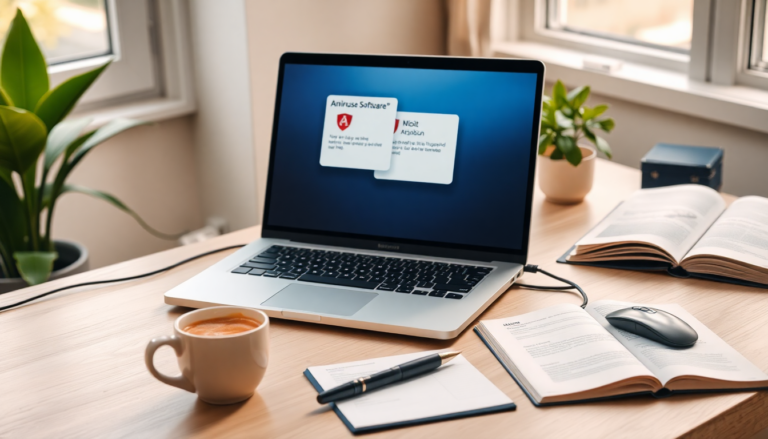Argomenti trattati
In today’s digital landscape, setting up a new PC can sometimes feel like navigating a minefield of aggressive marketing tactics, especially from antivirus software companies. Have you ever unboxed a new laptop only to be bombarded with alarming notifications urging you to buy a paid antivirus subscription? You’re not alone. This article aims to unravel these practices and offers practical tips on how to handle antivirus software on your fresh purchase.
The Reality of Preinstalled Antivirus Software
When you unwrap a new laptop, it’s common to find it preloaded with antivirus software, often from brands like McAfee. While some users might appreciate the convenience, many quickly discover that these installations come with unwanted baggage. Persistent notifications warn you of potential security risks, nudging you to upgrade to paid versions of the software. It can be particularly jarring when these alerts pop up on high-end machines that promise cutting-edge technology.
These marketing strategies rely heavily on fear tactics, suggesting that you’re at significant risk without their paid protection. But here’s the good news: Windows comes with its own antivirus solution—Microsoft Defender—which activates automatically if no other antivirus is installed. This built-in protection provides solid coverage, meaning you can safely ignore those urgent prompts from third-party software.
Understanding the Tactics
The tactics employed by antivirus companies like McAfee aren’t just about convenience; they are part of a calculated marketing strategy. By using alarming language and time-sensitive offers, these companies create a sense of urgency that pushes less tech-savvy users into making hasty financial decisions. Ever seen a message that screams, “Last chance!” or a countdown timer? These are designed to evoke fear of missing out, compelling many to purchase unnecessary subscriptions.
Moreover, these deceptive alerts can mislead users into thinking they’re left vulnerable without the paid service. What many might not realize is that Microsoft Defender is fully capable of providing robust security without the added financial burden. Understanding this distinction is crucial for anyone looking to make informed decisions about their software and security needs.
Practical Solutions for Users
Fortunately, getting rid of unwanted antivirus software is a breeze. Users can easily uninstall applications like McAfee through Windows Settings or the Control Panel, putting an end to those intrusive notifications. Once you’ve removed it, Microsoft Defender automatically takes over, ensuring your PC remains protected without any extra costs.
If you’re in the market for a different antivirus solution, there are plenty of reputable options that offer better transparency and customer service than those aggressive sales tactics. It’s essential to do your homework and choose an antivirus program that fits your personal preferences and security needs.
Additionally, don’t forget to take charge of your PC settings to minimize intrusive ads and notifications. By adjusting your privacy and ad settings, you can significantly enhance your experience, allowing you to use your devices without constant distractions.
Looking Ahead: A Call for Change
The current marketing landscape in the software industry raises important questions about consumer rights and ethical practices. As technology continues to evolve, it’s vital for manufacturers and software providers to prioritize user experience over aggressive sales tactics. A shift toward more respectful marketing strategies could foster greater trust and satisfaction among consumers.
In conclusion, while preinstalled antivirus software might seem like a convenient solution, it’s important to stay vigilant against misleading marketing practices. By understanding the built-in protections available and proactively managing your software, you can shield yourself from unnecessary expenses and enjoy a smoother computing experience. After all, the future of technology should focus on empowering users, not exploiting their fears. So, are you ready to take control of your digital safety?

